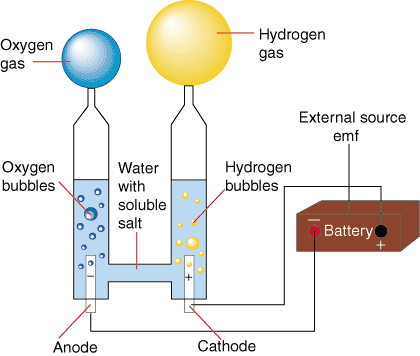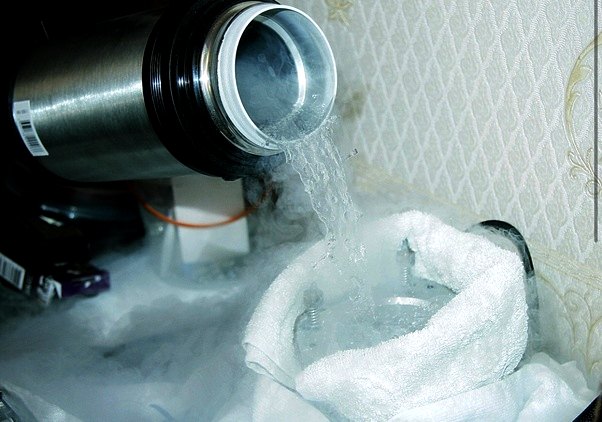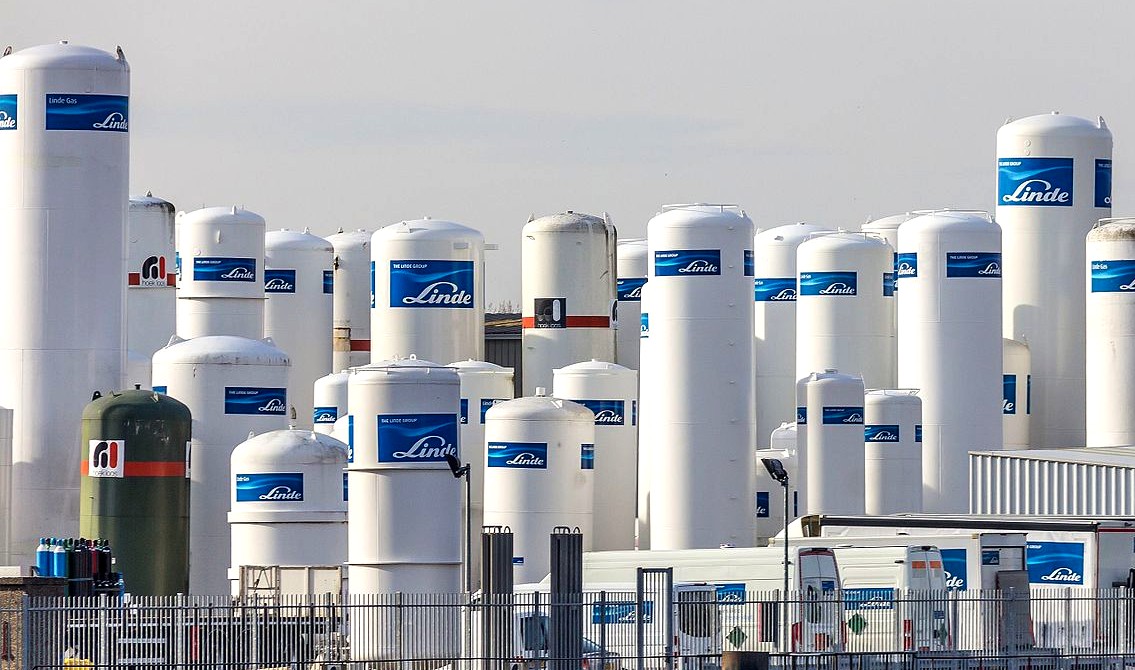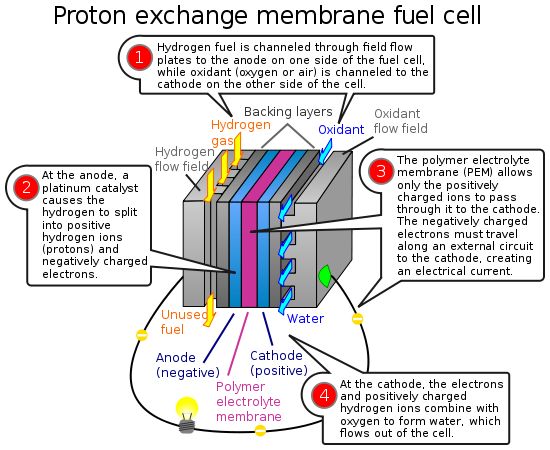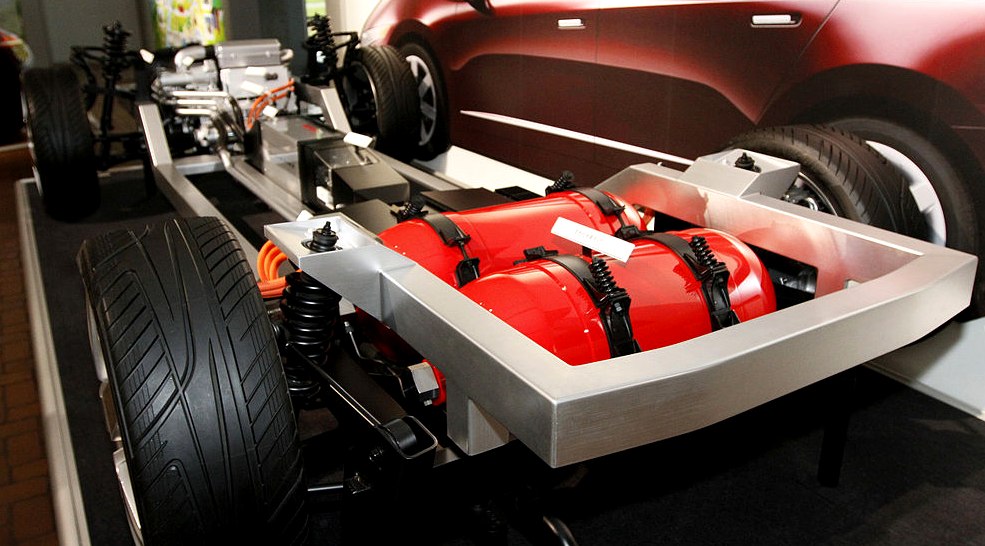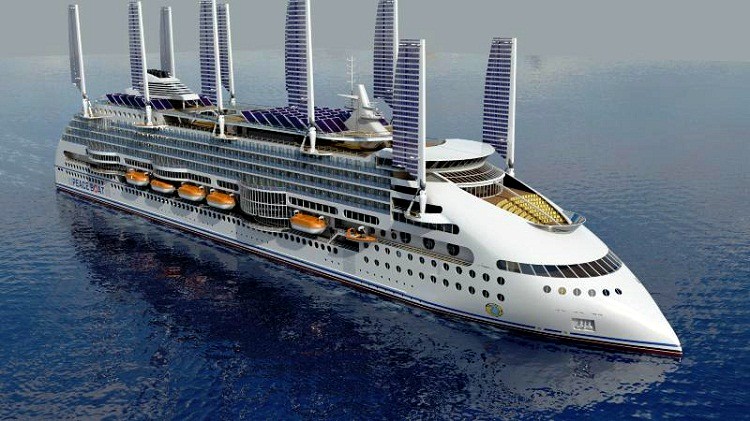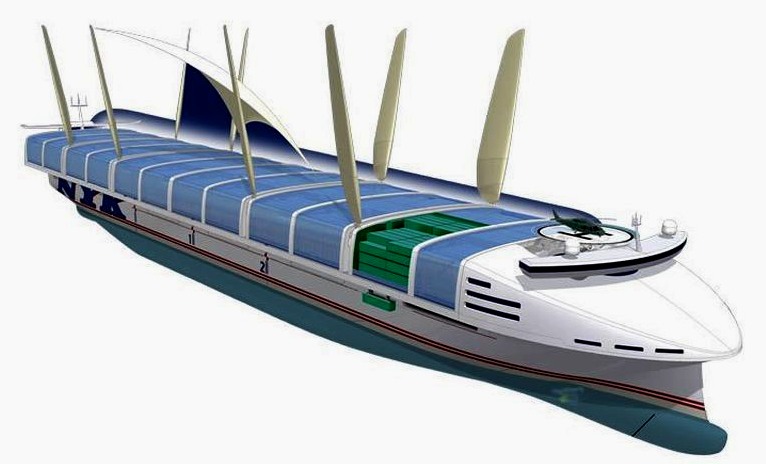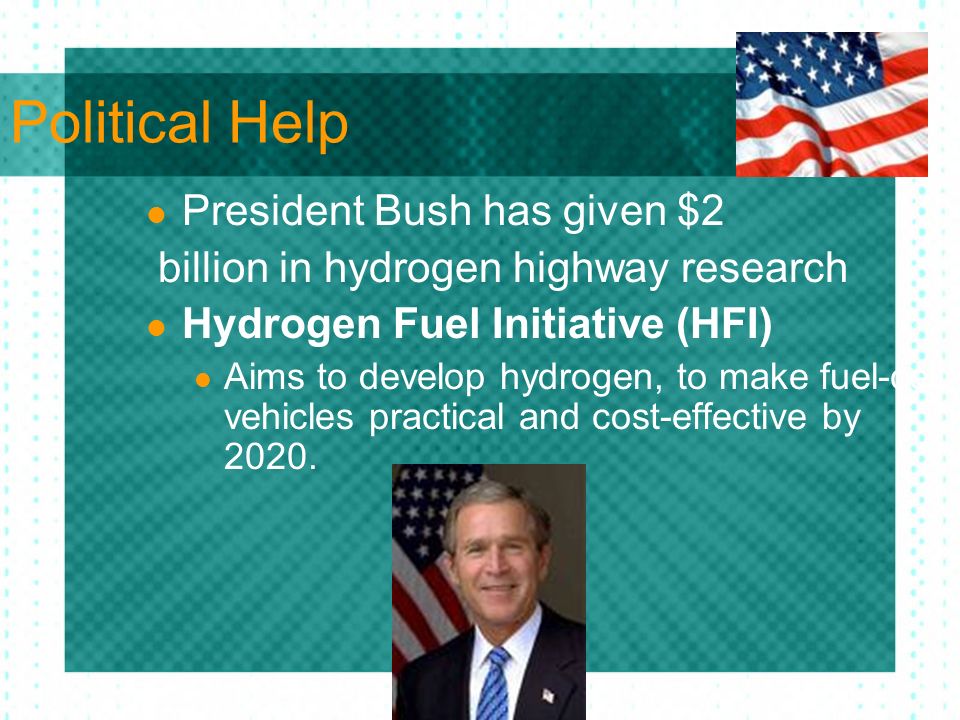|
COLOURS OF HYDROGEN
Please use our A-Z INDEX to navigate this site where page links may lead to other sites, or see HOME
|
||||||||||||||||||||||||||||||||||
DO TRY THIS IN THE SCHOOL LAB - Maybe not for home experimentation, but it is easy to split water to prove that hydrogen and oxygen gases are the constituents.
Hydrogen and electricity are interchangeable energy forms, thanks to fuel cells. Making hydrogen useful as a fuel for mobile applications and electric vehicles. There is little point converting electricity to hydrogen from wind or solar generation, when electricity can be used directly to power factories and homes.
The only real advantage in producing hydrogen from renewables, is for transport. That is because you lose roughly 21% in the conversion process from wind and solar electricity, then get back only 39% (best case) converting back to electricity in vehicle fuel cells. Net loss is therefore 69.2%. Only 30.8% is converted to traction, or thrust in vehicles or vessels - minus the losses in the conversion of electrical energy to traction.
Electrolyzer efficiency is the efficiency with which the electrolyzer converts electricity into hydrogen. It is equal to the energy content (based on the higher heating value) of the hydrogen produced divided by the amount of electricity consumed.
Example: The higher heating value of hydrogen is 142 MJ/kg, which is equal to 39.4 kWh/kg. So an electrolyzer that consumes 50 kWh of electricity to produce one kilogram of hydrogen has an efficiency of 39.4 kWh/kg divided by 50 kWh/kg, which is 79%.
Then, unfortunately, converting back to electricity via a conventional PEM fuel cell costs another whopping 60+%, where the electrical efficiency of the PEM fuel cell ranges from 32 percent to 37 percent.4.
SOLID
OXIDE ELECTROLYZER CELLS (SOEC) ELECTROLYSIS
This reduces electrical requirements by about 16%. This technology is intended to be coupled with concentrated solar power system (CSP) and has the advantage of being able to operate in a reversible way: in an electrolyzer or in a fuel cell.
In contrast, the efficiency of the SOFC fuel cell ranges from 33 percent to 60 percent.5 Although the efficiency of this type of fuel cell is higher than that of the PEM fuel cell, the latter has longer life cycles. On average, they last ten years or more.6 This is due to their comparatively lower operating temperature of 80°C.78 This makes the PEM fuel cell particularly interesting for mobile applications. SOFC units, on the other hand, are used more frequently in stationary applications.
With an efficiency of up to 90%, SOEC electrolysis is in the laboratory research phase.
While the system efficiency is promising, accelerated cell degradation is the main obstacle facing the rapid development of this technology.
The
....
...
IT'S ALL ABOUT THE MONEY - HYDROGEN PRICES @ 2019
The biggest hurdle to hydrogen as an acceptable alternative fuel
is cost. Coal is cheaper. Many countries greedy for economic growth, don't
mind killing humans in far off places to be able to keep using it. But if
hydrogen were cheaper than coal, you can bet those greedy climate criminals
would swap. So it is all about the money.
Most fuel cell electric cars carry about 5 kg to 6 kg of hydrogen but go twice the distance of a modern internal combustion engine car with equivalent gas in the tank, which works out to a
gasoline-per-gallon equivalent between $5 and $6.
....
TRANSFERABLE TECHNOLOGY - The design of the Climate Change Challengers might be adapted to Cargo, Container, Cruise and Ferry designs, without needing to radically alter port facilities or use hydrogen gas. The designs above are not representative of adaptations of the solar and wind powered concept, but serve to illustrate the thinking of other design houses, some of which might be eligible for the new Blue Riband trophy.
LINKS & REFERENCES
1
https://www.springerprofessional.de/motorentechnik/pkw-antriebe-im-ueberblick-vergangenheit-gegenwart-und-zukunft/6561052 https://www.homerenergy.com/products/pro/docs/latest/electrolyzer_efficiency.html 1
https://www.springerprofessional.de/motorentechnik/pkw-antriebe-im-ueberblick-vergangenheit-gegenwart-und-zukunft/6561052
USA - In 2003, President Bush announced a program called the Hydrogen Fuel Initiative (HFI) during his State of the Union Address. This initiative, supported by legislation in the Energy Policy Act of 2005 (EPACT 2005) and the Advanced Energy Initiative of 2006, aims to develop hydrogen, fuel cell and infrastructure technologies to make fuel-cell vehicles practical and cost-effective by 2020. Obviously, the legislation did not work, or we'd seen hydrogen cars selling like hot cakes. Whereas, there are significant sales of battery electric cars.
The United States has dedicated more than two billion dollars to fuel cell research and development so far. Yet the basics principles of climate change is to find the best way to use less energy to achieve the same goal. Of course we have to explore all avenues before deciding on what works best. Thomas Edison found 1,000 ways not to make a light bulb before inventing his carbon filament version that succeeded. Joseph Swan in the UK filed a similar patent before the more famous US inventor. Keep at it chaps.
Please use our A-Z INDEX to navigate this site
AMMONIA - COMPRESSED GAS - ECONOMY - FUEL CELLS - FUSION - HYDRIDES - LIQUID GAS - METHANOL
|
||||||||||||||||||||||||||||||||||
|
This website is provided on a free basis as a public information service. copyright © Climate Change Trust 2022. Solar Studios, BN271RF, United Kingdom.
|
